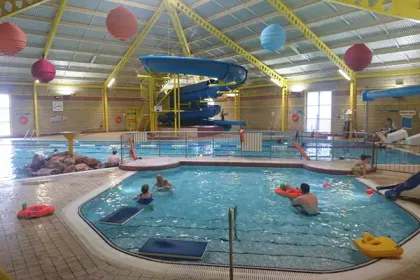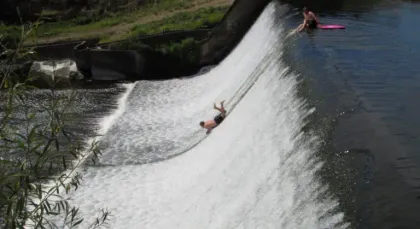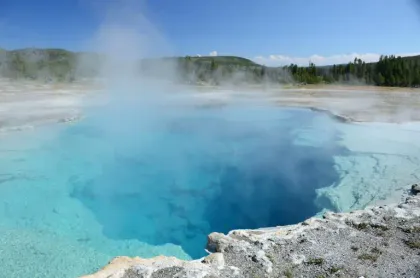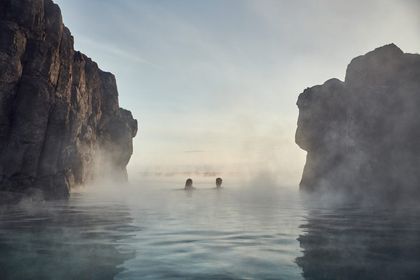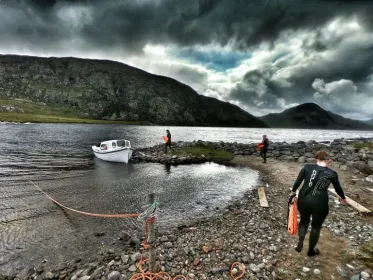
Diving into the world of swimming is not just about making a splash; it’s an adventure that combines fun, fitness, and the thrill of water sports. Whether you’re a beginner eager to learn or an experienced swimmer looking to refine your skills, swimming offers a diverse range of activities that cater to all ages and abilities. From serene open-water swims to high-energy pool races, this guide will navigate you through the exhilarating world of swimming, ensuring you make the most out of your aquatic adventures.
The Basics of Swimming
Before you jump in, understanding the basics is crucial for both safety and enjoyment. Swimming is fundamentally about buoyancy and propulsion, achieved through various techniques and strokes such as freestyle, breaststroke, backstroke, and butterfly. Each stroke has its unique rhythm and movement pattern that engages different muscle groups. Beginners are encouraged to start with freestyle or breaststroke, as they are relatively easier to master. It’s also essential to familiarize yourself with breathing techniques—learning how to breathe efficiently while swimming can significantly enhance your endurance and performance.
Swimming for Fitness
Swimming isn’t just an enjoyable activity; it’s also an excellent way to stay fit. Unlike many other forms of exercise, swimming provides a full-body workout that strengthens muscles, improves cardiovascular health, and increases flexibility—all without putting stress on your joints. The resistance provided by water makes swimming an effective form of resistance training while being gentle on the body. Incorporating various strokes into your routine can help target different muscle groups, ensuring a balanced workout. Additionally, swimming laps at varying speeds can serve as both aerobic and anaerobic exercise, catering to all fitness levels.
Competitive Swimming
If you’re seeking more than just leisurely laps in the pool, competitive swimming might be the challenge you need. Competitive swimmers train rigorously to perfect their technique and speed across different strokes and distances. Races can range from short sprints (50 meters) to long-distance events (1500 meters), with medley races combining all four strokes for a comprehensive test of skill and endurance. Joining a swim team or club can provide structured training programs, professional coaching, and the opportunity to compete in meets against swimmers of similar abilities.
Open Water Swimming
For those who crave adventure beyond the pool walls, open water swimming offers an exhilarating alternative. Open water swims take place in lakes, rivers, or oceans—introducing swimmers to dynamic conditions such as waves, currents, and varying temperatures. This type of swimming requires not only physical stamina but also mental resilience and navigational skills. Safety is paramount in open water environments; always swim in designated areas supervised by lifeguards when possible and consider wearing a wetsuit for additional buoyancy and warmth in colder waters.
Safety First
No matter where or why you choose to swim—safety should always be your top priority. Never swim alone; always ensure there’s someone nearby who can assist in case of emergency. For beginners or those unfamiliar with new watersports environments (like open water), taking lessons from certified instructors can provide valuable knowledge on safety protocols alongside improving technique. Additionally, understanding local weather conditions and water currents is crucial before venturing into open waters.
Swimming transcends being merely another item on the list of fun things to do—it’s a versatile activity that promises both excitement and well-being benefits wrapped up in one immersive experience. Whether it’s pursuing personal fitness goals within the lanes of a pool or embracing nature’s vastness through open water adventures—swimming invites everyone into its depths for discovery & delight alike.

